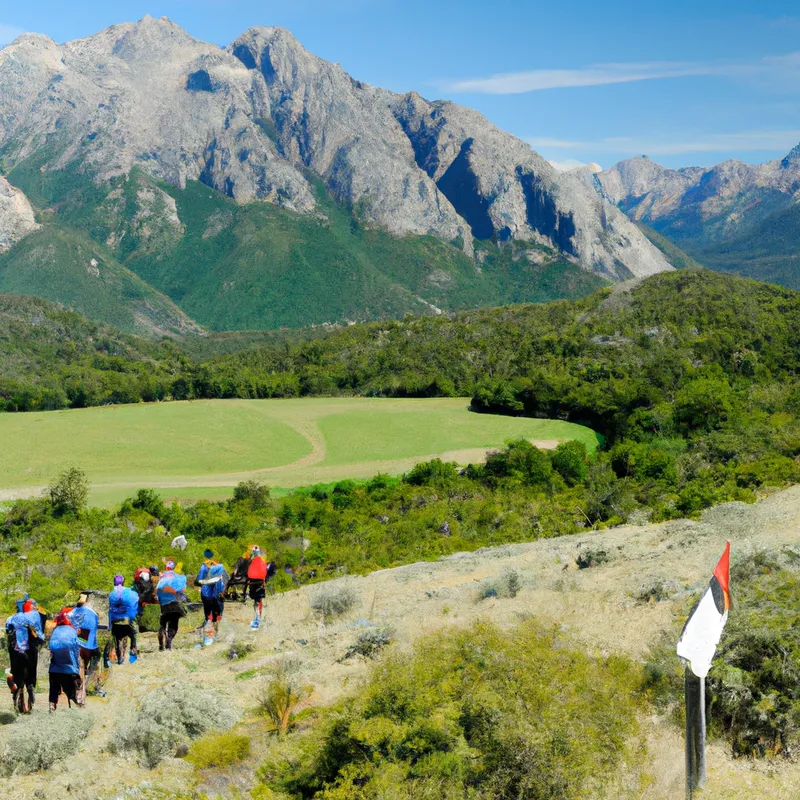Discover Top Altitude Training Spots Worldwide
Training at Altitude: The Best Locations Around the World
Training at altitude enhances athletic performance. Elite athletes often select high-altitude locations to improve endurance and strength. Thin air at high elevations forces the body to adapt, increasing red blood cell production. This blog explores the best altitude training locations worldwide, along with tips and benefits.
Why Train at Altitude?
Altitude training offers unique benefits. Reduced oxygen levels challenge the body. As a result, the body learns to use oxygen efficiently. This adaptation boosts performance at sea level.
Altitude training also improves lung capacity. The respiratory system adapts to lower oxygen levels. Consequently, this enhances overall cardiovascular fitness. Many athletes gain a competitive edge from altitude training.
Top Locations for Altitude Training
Several ideal altitude training spots exist worldwide, each with unique landscapes and facilities. Here are some top choices:
1. Flagstaff, Arizona, USA
Flagstaff sits at 7,000 feet elevation. This location attracts athletes from running and cycling. Stunning scenery provides breathtaking views. Training camps and facilities cater to athletes.
Flagstaff features diverse terrain, from mountains to flat roads. This variety allows for versatile training sessions. The local community supports athletes, creating a motivating environment.
2. Boulder, Colorado, USA
Boulder is renowned for high-altitude training. At approximately 5,300 feet, it offers an excellent environment for athletes. The city boasts numerous trails and access to the Rocky Mountains. Athletes enjoy the combination of altitude and beautiful scenery.
Boulder hosts various training programs. Local clubs and coaches provide structured sessions. As a result, athletes benefit from expert guidance during altitude training.
3. Iten, Kenya
Iten, known as the “Home of Champions,” sits at about 7,800 feet. This town produces world-class long-distance runners. The local climate and terrain suit intense training.
The Iten community supports and encourages athletes. Athletes from around the world train here, sharing tips and experiences. Local coaches offer valuable insights into training techniques.
4. Sierra Nevada, Spain
The Sierra Nevada Mountains provide a unique altitude training experience. Peaks reach over 10,000 feet, offering a stunning backdrop for athletes. The region features excellent training facilities, including tracks and gyms.
Athletes enjoy various activities, from hiking to skiing. This versatility allows for cross-training opportunities. Additionally, the area’s natural beauty enhances the training experience.
Tips for Successful Altitude Training
Training at altitude requires careful planning. Here are some tips to help you succeed:
Hydration is Key
Staying hydrated is crucial at high altitudes. Dry air can lead to dehydration, so drink plenty of water. Increase your fluid intake before, during, and after workouts. This practice helps maintain peak performance and prevents fatigue.
Gradual Acclimatization
Allow your body time to adjust. When you first arrive, spend a few days acclimatizing. Start with light workouts and gradually increase intensity. This approach helps your body adapt without overwhelming it.
Monitor Your Heart Rate
Pay attention to your heart rate during workouts. At altitude, your heart may work harder than usual. Use a heart rate monitor to gauge exertion levels. Adjust training intensity as needed to avoid overexertion.
Benefits of Altitude Training
Altitude training offers numerous benefits for athletes. First, it boosts endurance by increasing oxygen use efficiency. This adaptation improves performance in races and competitions.
Altitude training also enhances mental toughness. Training in thinner air challenges athletes to focus and persevere. This mental strength translates to better performance during competitions.
Moreover, altitude training leads to improved recovery times. Increased blood circulation helps muscles heal faster. Athletes often bounce back more quickly from intense workouts.
Conclusion
Training at altitude significantly enhances athletic performance. Locations like Flagstaff, Boulder, Iten, and Sierra Nevada provide unique training environments. Follow tips such as staying hydrated, acclimatizing gradually, and monitoring your heart rate to maximize benefits. The rewards of altitude training include better endurance, increased mental toughness, and faster recovery times. Plan your next training camp in one of these incredible locations!
Below are related products based on this post:
FAQ
What are the benefits of training at altitude?
Training at altitude enhances athletic performance by boosting endurance and improving oxygen use efficiency. It also increases lung capacity, enhances cardiovascular fitness, and fosters mental toughness, which translates to better performance during competitions.
Which locations are recommended for altitude training?
Some of the top locations for altitude training include Flagstaff, Arizona, and Boulder, Colorado in the USA, Iten in Kenya, and the Sierra Nevada Mountains in Spain. Each location offers unique landscapes, training facilities, and supportive communities for athletes.
What tips should I follow for successful altitude training?
To succeed in altitude training, focus on hydration, gradually acclimatize your body to higher elevations, and monitor your heart rate during workouts. Staying hydrated helps maintain performance, while acclimatization allows your body to adjust to the thinner air without overwhelming it.















Post Comment